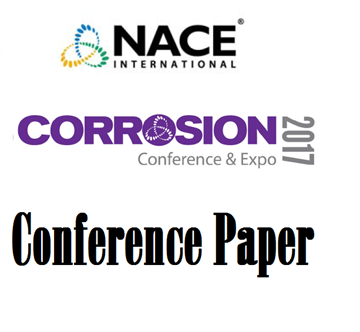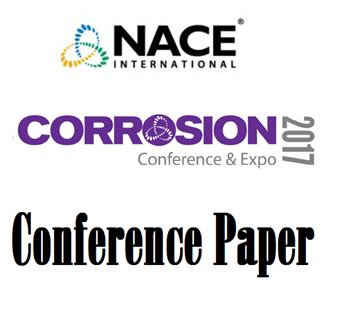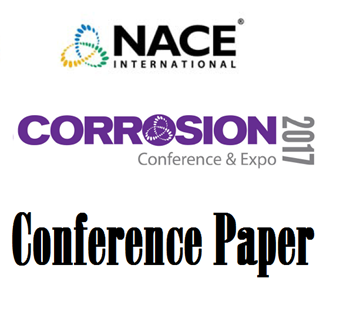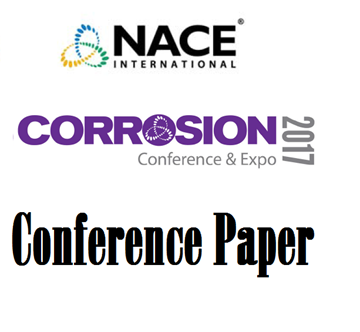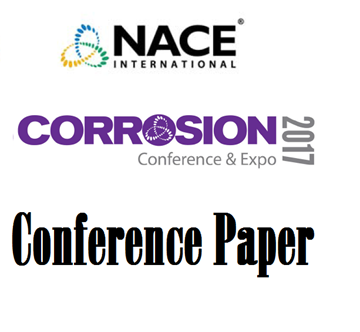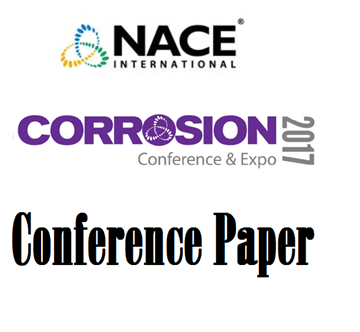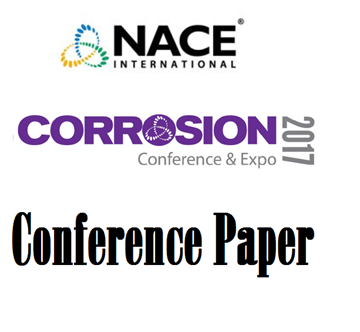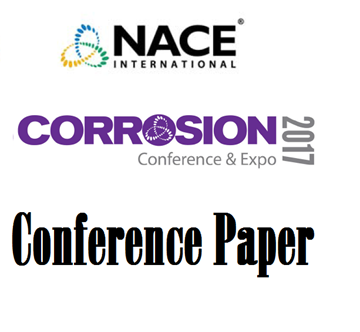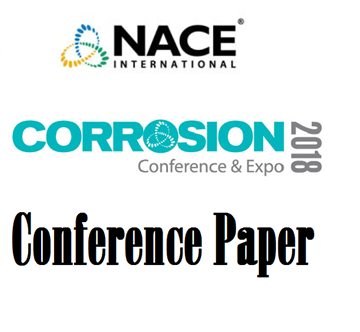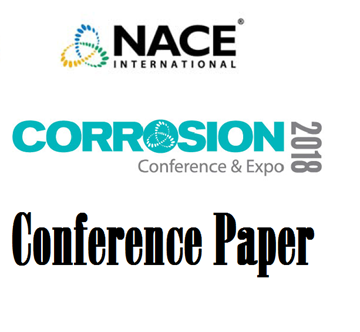Search
Corrosion Monitoring and Control
View as
Sort by
Display
per page
51317--9486-Life Assessments of Steam Chests and Valve Casings at Four Fossil Fuel Thermal Power Units
Product Number:
51317--9486-SG
ISBN:
9486 2017 CP
Publication Date:
2017
$20.00
51317--9513-Monitoring Pitting Corrosion Growth in Steel Rebar Using Optical Fiber
Product Number:
51317--9513-SG
ISBN:
9513 2017 CP
Publication Date:
2017
$20.00
51317--9514-Work Life Balance – Revisiting the Relationship Between Desalting Efficiency and Overhead Corrosion
Product Number:
51317--9514-SG
ISBN:
9514 2017 CP
Publication Date:
2017
$20.00
51317--9571-Reflections on 70 Years of Marine Corrosion Research and Testing Inspired by Francis L. LaQue
Product Number:
51317--9571-SG
ISBN:
9571 2017 CP
Publication Date:
2017
$20.00
51317--9576-Inland Wharves - Challenges of Service Life Modeling
Product Number:
51317--9576-SG
ISBN:
9576 2017 CP
Publication Date:
2017
$20.00
51317--9656-Marine Structural Integrity Subject to Mechano-Electrochemical Induced Corrosion
Product Number:
51317--9656-SG
ISBN:
9656 2017 CP
Publication Date:
2017
$20.00
51317--9694-Multipoint Flux Monitoring by the Hydrogen Collection Method Using a New Wide Temperature Range Flux Measurement Probe
Product Number:
51317--9694-SG
ISBN:
9694 2017 CP
Publication Date:
2017
$20.00
51317--9709-Atmospheric Microbiologically Influenced Corrosion
Product Number:
51317--9709-SG
ISBN:
9709 2017 CP
Publication Date:
2017
$20.00
51317--9735-Corrosion Risk Assessment Through Dynamic Environmental Monitoring on Board a Naval Ship
Product Number:
51317--9735-SG
ISBN:
9735 2017 CP
Publication Date:
2017
$20.00
51317--9767-Risk Based Approach to Integrated Asset Corrosion Management in the Oil and Gas Industry
Product Number:
51317--9767-SG
ISBN:
9767 2017 CP
Publication Date:
2017
$20.00
51318-10487-Evaluation of Coating Systems to Address Pitting Corrosion of 316 Stainless Steel for Offshore
Product Number:
51318-10487-SG
Publication Date:
2018
$20.00
51318-10494- The Water pH and Gas Evolution Risks Associated with the Use of Aluminium and Zinc Anodes for the Internal Cathodic Protection of Offshore Monopiles
Product Number:
51318-10494-SG
Publication Date:
2018
$20.00

